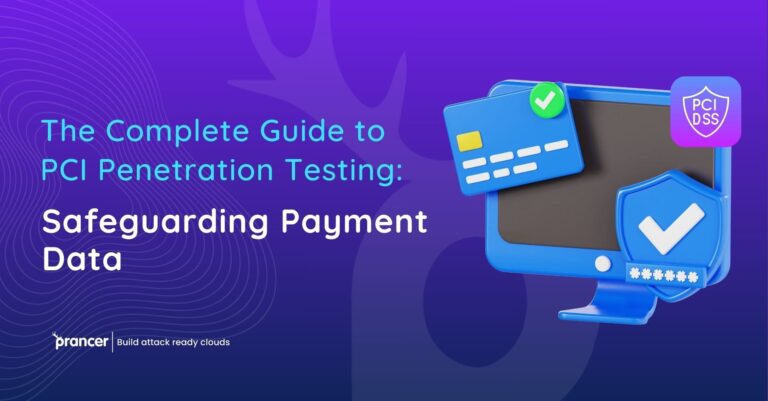

Vulnerability Assessment and Penetration Testing (VAPT) is a process that helps organizations identify and mitigate security vulnerabilities in their systems and applications. It is an essential part of any organization’s cybersecurity strategy, as it helps to ensure that the organization’s assets are protected against potential potential threats and attacks.
Automated Penetration Testing, another form of VAPT, is set to revolutionize the practice of identifying vulnerabilities that threat the security of an organization. Automated Penetration Testing improves the use of this cyber security approach for organizations as it helps in the automatic detection and containment of these threats leading to a strong defence mechanism. Automated Penetration Testing is an effective means of raising your security posture above a typical antivirus and improving your asset protection as the threats become more advanced.
VAPT typically includes two main components: Vulnerability Assessment and Penetration Testing.
Vulnerability Assessment is the process of identifying vulnerabilities in a system or application, while Penetration Testing involves attempting to exploit those vulnerabilities to test the security of the system.
In Prancer, One of the key features of VAPT is its ability to provide a comprehensive view of an organization’s security posture. By identifying and testing for a wide range of vulnerabilities, VAPT can help organizations understand where their systems and applications are most at risk and take steps to address those vulnerabilities.
VAPT also has several advantages compared to other cybersecurity testing methods. For example, it is more thorough than traditional security testing methods, as it covers a wider range of vulnerabilities and attack vectors. It is also more flexible, as it can be customized to meet the specific needs of an organization.
VAPT is required for a number of reasons. First and foremost, it helps organizations identify and mitigate security vulnerabilities before they can be exploited by attackers. This can help prevent costly data breaches and other security incidents that can damage an organization’s reputation and bottom line.
VAPT is also required by many regulatory bodies and industry standards. For example, many organizations in the financial and healthcare sectors are required to undergo VAPT on a regular basis as part of their compliance with industry regulations.
VAPT typically involves a number of different steps, including:
Vulnerability Assessment and Automated Penetration Testing is an essential part of any organization’s cybersecurity strategy. By identifying and testing for vulnerabilities, VAPT helps organizations understand where their systems and applications are most at risk and take steps to address those vulnerabilities. It is also required by many regulatory bodies and industry standards, making it an important part of compliance for many organizations.
